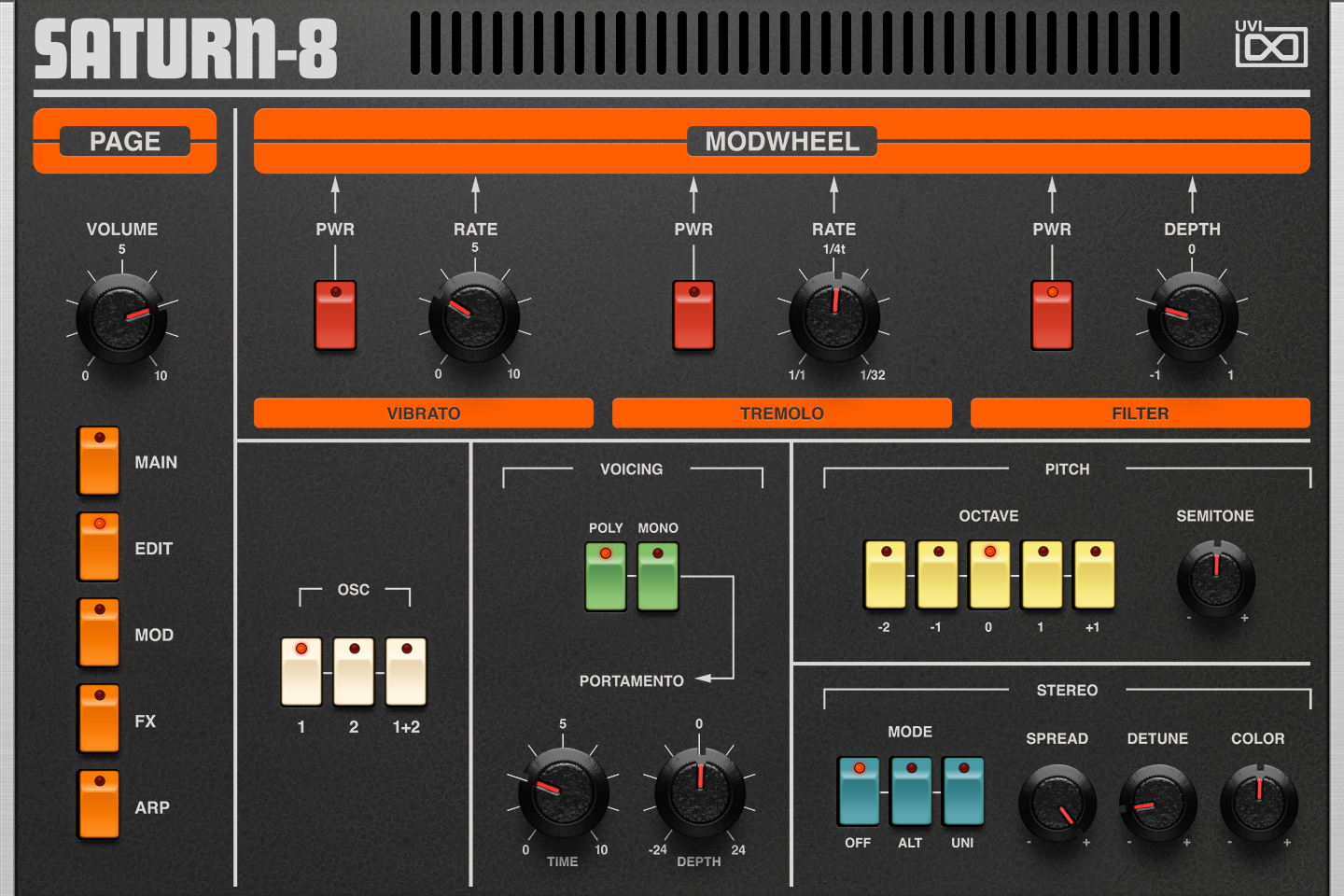

How to insert a program change or a control change message into a MIDI file

We will combine all the above-mentioned features to build an example gig file, which you can download as a starting point for your own use. to change rackspaces or songs automatically) and also perform operations such as widget automation. If you have a MIDI file that contains program change (PC) or control change (CC) messages, you can load that MIDI file into a MIDI File Player and route the output of that player in such a way so that you can both control Gig Performer (e.g. Gig Performer 4 comes with great features such as a bundled MIDI File Player, Scriptlets and a Local GP port. In this article you will learn how to automate switching rackspace variations and song parts using the MIDI File Player.


 0 kommentar(er)
0 kommentar(er)
